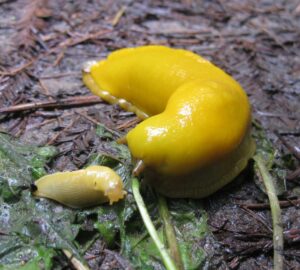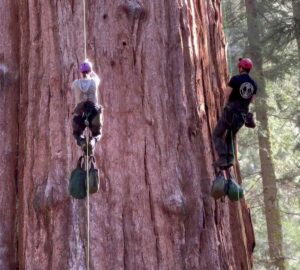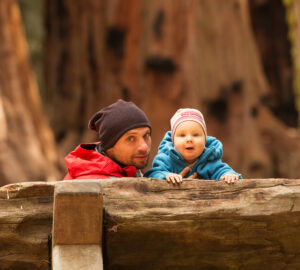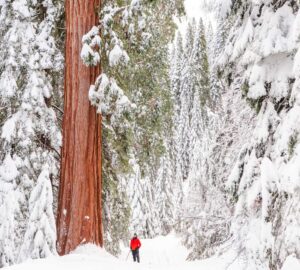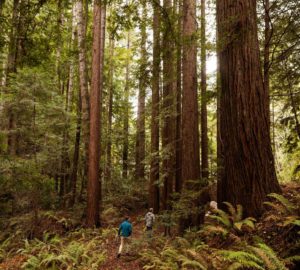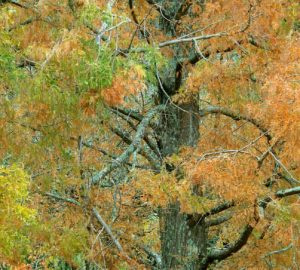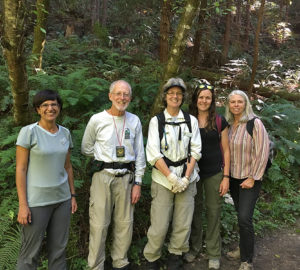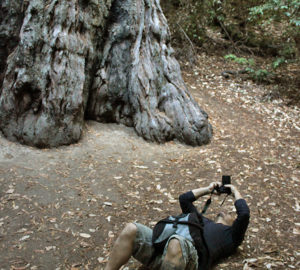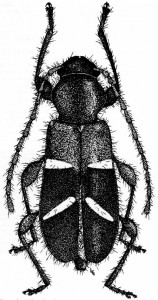
We have probably all seen squirrels running around with a seed in tow, looking for the perfect place to bury their food for the winter. Some of these seeds do get eaten later, and some are forgotten and eventually grow into new trees. In this way, squirrels and other rodents move seeds around in a forest and play a key role in plants’ abilities to reproduce. Seed dispersal is usually done by birds and rodents, and rarely by insects. Of course, there is always an exception to the rule—in this case, it’s the giant sequoia and its unique relationship with the long-horned beetle.
The long-horned beetle is blackish-brown in color, with noticeably long antennae which gave it its name. They are one of two animals, the other being the Douglas squirrel, that assist with the dispersal of giant sequoia seeds.
The beetles lay their eggs on giant sequoia cones. Once the larvae hatch they start to make holes in the scales of the cones. These holes prevent water from flowing through the scales, causing them to dry, shrink, and subsequently open up. The seeds are then able to be released and fall to the ground. The long-horned beetle can release as many as 120,000 seeds per tree per year.
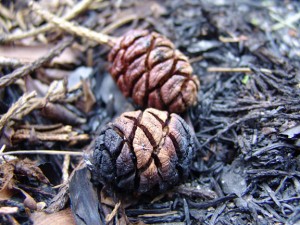
Once the seeds are on the ground, there is no guarantee that a new sequoia tree will grow and thrive. Sequoia seedlings need nutrient-rich soil, lots of sunlight, and an area free of competition from other plants to really thrive. Periodic wildfires help to produce all of these conditions and are therefore very beneficial to the reproduction of sequoia trees.
So the next time you are visiting our beautiful sequoia groves and see a long-horned beetle on the trail, step aside and let it pass—it plays an important role in maintaining a healthy forest.
You can learn more about disturbance and giant sequoia forests on our research page.

